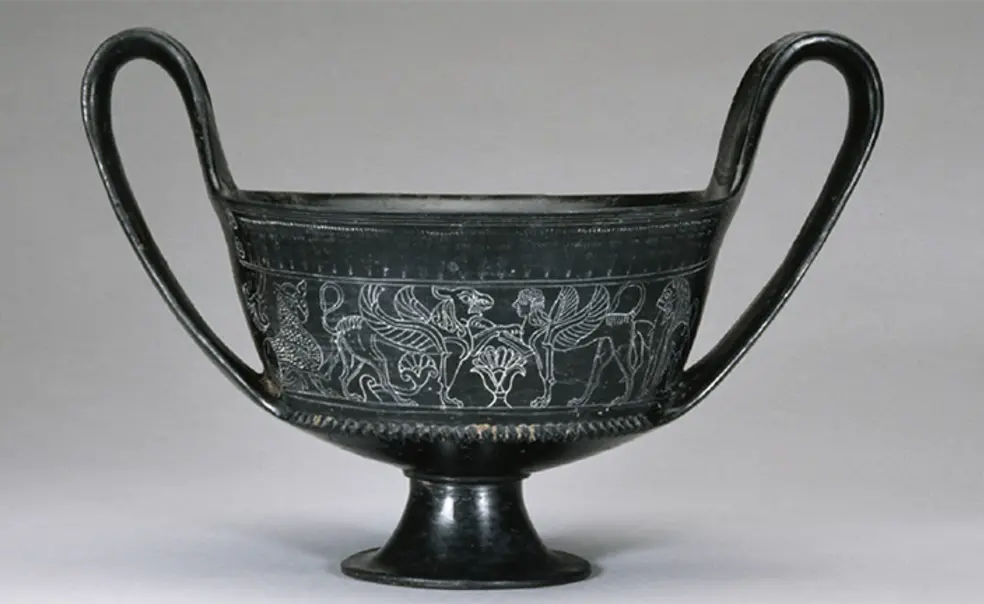Manhattan D.A. Seizes 11 Allegedly Stolen Artifacts in Princeton Art Museum Collection
Six of the items are antiquities on loan from Edoardo Almagià ’73, according to documents
The Manhattan District Attorney’s Office seized 11 pieces of art from the Princeton University Art Museum, alleging that the works were stolen, according to documents and statements provided by the district attorney’s press office. The March 22 warrants cite an investigation by the Department of Homeland Security-Homeland Security Investigations (DHS-HSI).
Six of the items are antiquities dated from 680 to 580 B.C. on loan from Edoardo Almagià ’73, according to the warrants. “I was quite sorry that the museum gave up objects which I had given as a loan, they have no rights to consign those objects," Almagià told The Daily Princetonian. "They were, frankly, idiots."
In 2011, Almagià’s was cited by Italian authorities when the University returned Greco-Roman antiquities to Italy amid concerns that the ancient artworks had been illegally excavated. At the time, a University spokesman would not say whether the objects had been sold or donated to the collection by Almagià. The University also returned or transferred ownership of eight works in 2007 following an agreement with the Italian culture ministry.
Stephen J. Kim, associate director for communication and information at the Princeton University Art Museum, said in a statement that the museum “is cooperating fully with authorities in an ongoing investigation and will have further comment at the appropriate time. We are always grateful for new information that allows us to fulfill our stewardship responsibilities relative to our collections, in keeping with our commitment to ethical collecting.” According to the museum’s website, it “actively conducts and carries out [provenance] research on new acquisitions, whether prospectively coming into the collections by purchase or by gift, as well as doing so retrospectively on works already within its care.”
The New York Times first mentioned the Princeton connection to the investigation in a March 30 story about an ancient bronze statue seized from the Metropolitan Museum of Art.
The six items listed as on loan from Almagià are primarily ceramic flasks and jars, along with one terracotta plaque. Four of the other allegedly stolen items are fragments dated from 540 to 460 B.C. The 10 ancient works were valued at $156,500, according the warrant. The final item, a calligraphic Qur’anic wall tile from Pakistan dating to A.D. 1700-1900, was listed in a separate warrant and valued at $45,000.
Almagià told PAW contributor W. Barksdale Maynard ’88 in a Q&A in 2010 that he had stopped dealing in antiquities in 2002 because Italy and the United States had “criminalized and destroyed the antiquities market.”
DHS-HSI coordinates the U.S. government’s cultural property, art, and antiquities investigations. According to an April 5 press release, the group has repatriated 135 objects in the most recent quarter of the fiscal year.












No responses yet